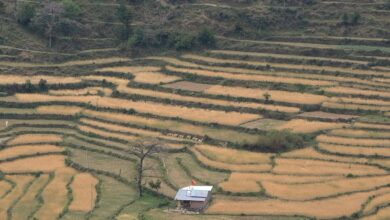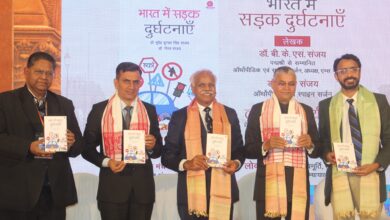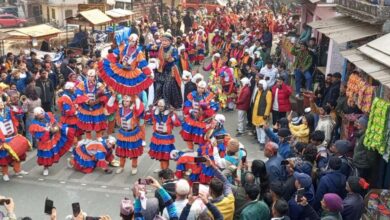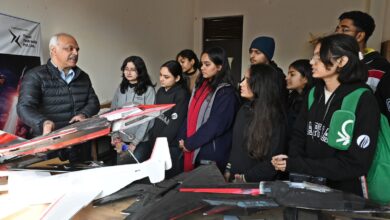“Art of Learning” photography competition held at IMS Unison University
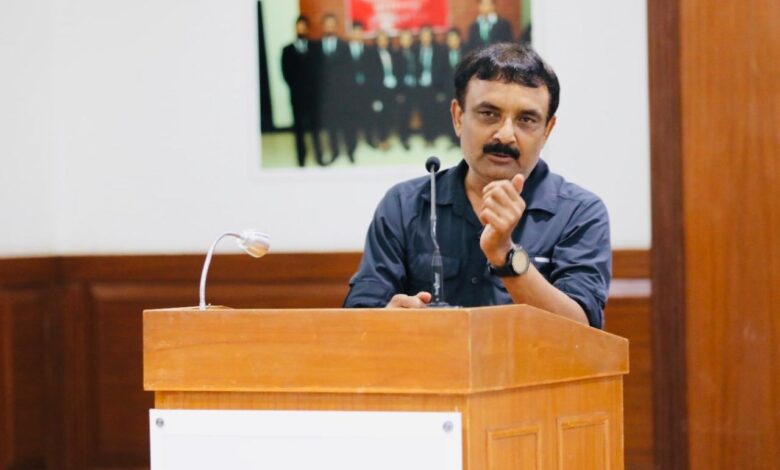
“Art of Learning” photography competition held at IMS Unison University
Dehradun, Sept 28
A photography competition titled “Art of Learning” amongst the students of IMS University was held here today. The event commenced ith a warm welcome from Ahana Ganguly, setting an inviting tone for the day’s activities abuzz with creativity and enthusiasm.
Following her introduction, Prof. Dr. Neeraj Khattri of the university emphasized the importance of artistic expression in today’s educational landscape. The highlight of the morning was a stirring address by Vinod Pundir, a senior phot journalist who not only inspired the audience but also conducted a master class on photography, sharing valuable insights and techniques.
The competition featured a live location photography challenge drawing 35 talented participants who captured stunning images in real-time. A panel of judges meticulously reviewed the entries, showcasing the remarkable skills and creativity of the competitors.
The award ceremony commenced at 12:30 PM, presided over by the Vice-Chancellor Dr. Anil Subbarao Paila, who praised the participants for their innovative approaches and dedication. He remarked on the significance of photography as a medium for storytelling and self-expression, encouraging students to continue exploring their creative potentials.
Among the winners, Divyanshi Tanwar from BA (J&MC) 1st year triumphed in the live location category, while Tanisha Virmani from IMA (C&D) 3rd year secured the runner-up position. In the “Nature’s Grace & Urban Pulse” theme, Divyansh Rawat from MBA 2nd year claimed victory, with Pooja Rastogi from IMA (C&D) 3rd year as the runner-up.
The event concluded with a heartfelt vote of thanks from Prof. Dr. Neeraj Khattri, who acknowledged the dedication of all participants and the efforts of the organizers. The “Art of Learning” Photography Competition not only highlighted emerging talents but also fostered a deeper appreciation for the art of photography within the community.


